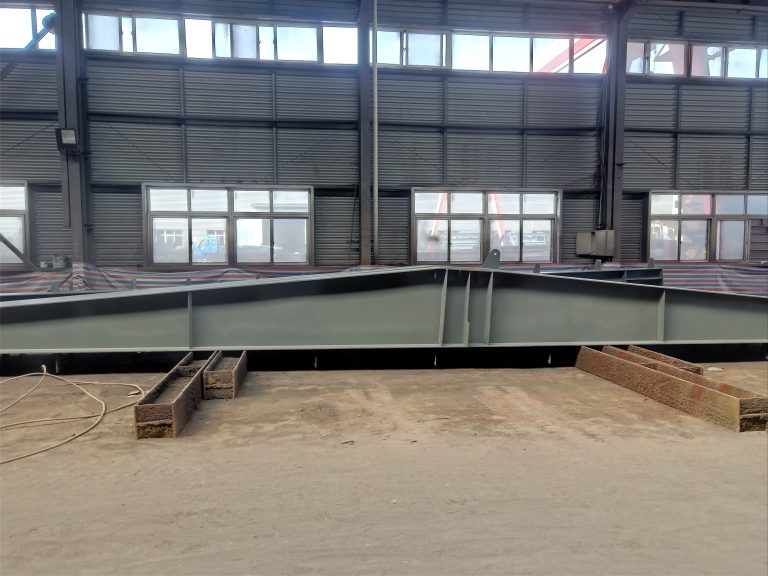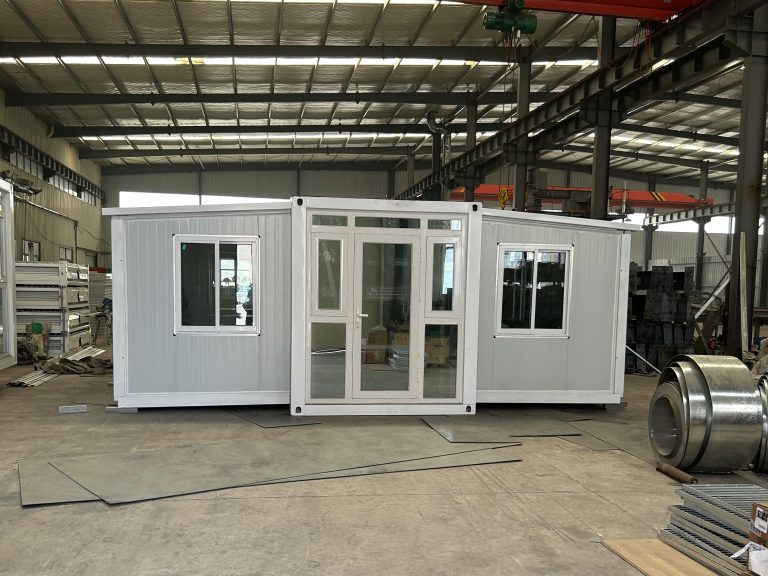Table of Contents
Data Governance Best Practices for Steel Structure Industry
Information management and big data application have become essential components in the steel structure industry. With the increasing complexity of projects and the need for more efficient processes, companies in this sector are turning to data-driven solutions to stay competitive and meet the demands of the market.
One of the key challenges in the steel structure industry is the vast amount of data generated throughout the project lifecycle. From design and engineering to fabrication and construction, there is a wealth of information that needs to be managed effectively to ensure project success. This is where information management plays a crucial role.
By implementing robust information management systems, companies can streamline their processes, improve collaboration among team members, and make more informed decisions. This not only leads to cost savings but also enhances the overall quality of the project. With the right tools and technologies in place, companies can track project progress, monitor resource allocation, and identify potential risks before they escalate.
In addition to information management, big data application is also revolutionizing the steel structure industry. By harnessing the power of big data analytics, companies can gain valuable insights into their operations, identify trends, and predict future outcomes. This allows them to optimize their processes, improve efficiency, and deliver projects on time and within budget.
One of the key benefits of big data application in the steel structure industry is predictive maintenance. By analyzing historical data and monitoring equipment performance in real-time, companies can identify potential issues before they occur and take proactive measures to prevent downtime. This not only reduces maintenance costs but also extends the lifespan of equipment, ultimately improving the overall productivity of the project.
Furthermore, big data analytics can also help companies optimize their supply chain management. By analyzing data on suppliers, materials, and logistics, companies can identify inefficiencies, reduce lead times, and minimize costs. This allows them to deliver projects more efficiently and stay ahead of the competition.
To fully leverage the benefits of information management and big data application, companies in the steel structure industry need to adopt best practices in data governance. This involves establishing clear policies and procedures for data collection, storage, and analysis, as well as ensuring data quality and security.
Data governance also involves defining roles and responsibilities within the organization, establishing data standards, and implementing data management tools and technologies. By creating a solid foundation for data governance, companies can ensure that their data is accurate, reliable, and accessible when needed.
In conclusion, information management and big data application are transforming the steel structure industry, enabling companies to improve efficiency, reduce costs, and deliver projects more effectively. By implementing best practices in data governance, companies can harness the power of data to drive innovation, stay competitive, and meet the demands of the market. With the right tools and technologies in place, companies in the steel structure industry can unlock the full potential of their data and achieve success in today’s fast-paced business environment.
Leveraging Big Data Analytics for Optimizing Steel Structure Manufacturing Processes
In today’s rapidly evolving technological landscape, the steel structure industry is increasingly turning to big data analytics to optimize manufacturing processes and improve overall efficiency. Information management plays a crucial role in this transformation, as companies seek to harness the power of data to make informed decisions and drive innovation.
One of the key benefits of leveraging big data analytics in the steel structure industry is the ability to gain valuable insights into production processes. By collecting and analyzing data from various sources, such as sensors, machines, and production lines, manufacturers can identify patterns, trends, and anomalies that may impact productivity and quality. This information can then be used to make real-time adjustments and improvements, leading to more efficient operations and higher-quality products.

Furthermore, big data analytics can help steel structure manufacturers optimize inventory management and supply chain logistics. By analyzing historical data on material usage, lead times, and supplier performance, companies can better forecast demand, reduce waste, and streamline procurement processes. This not only improves cost efficiency but also enhances overall operational resilience and agility.
Another area where big data analytics can drive significant value in the steel structure industry is predictive maintenance. By monitoring equipment performance and analyzing data on factors such as temperature, vibration, and energy consumption, manufacturers can anticipate potential failures before they occur and schedule maintenance proactively. This proactive approach not only minimizes downtime and maintenance costs but also extends the lifespan of equipment, ultimately improving overall operational efficiency.
Moreover, big data analytics can enable steel structure manufacturers to optimize energy consumption and reduce environmental impact. By analyzing data on energy usage, emissions, and production processes, companies can identify opportunities to increase energy efficiency, reduce waste, and minimize carbon footprint. This not only aligns with sustainability goals but also enhances brand reputation and competitiveness in an increasingly environmentally conscious market.
In conclusion, information management and big data analytics are transforming the steel structure industry by enabling manufacturers to make data-driven decisions, optimize processes, and drive innovation. By leveraging the power of data, companies can gain valuable insights into production processes, optimize inventory management, improve predictive maintenance, and reduce environmental impact. As the industry continues to evolve, those who embrace big data analytics will be well-positioned to stay ahead of the curve and drive sustainable growth in the future.







